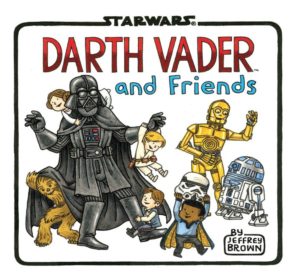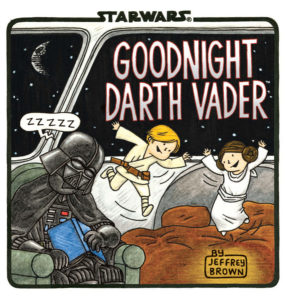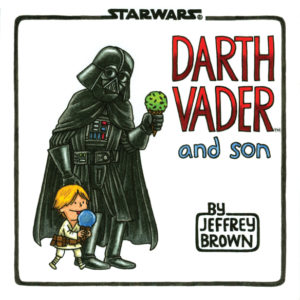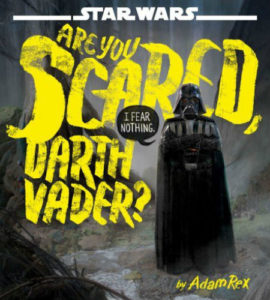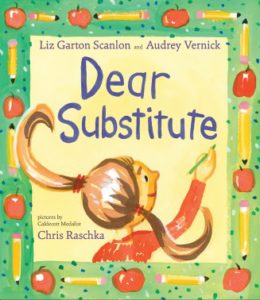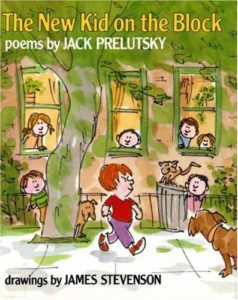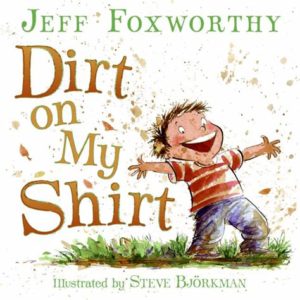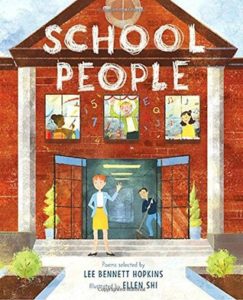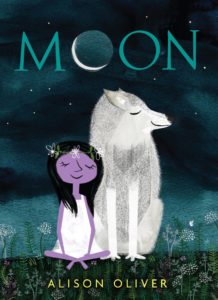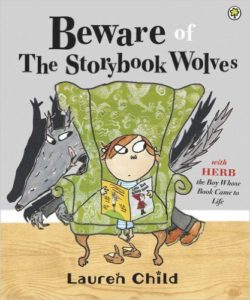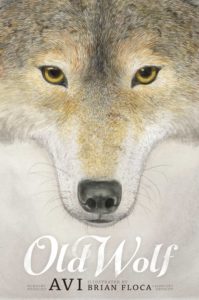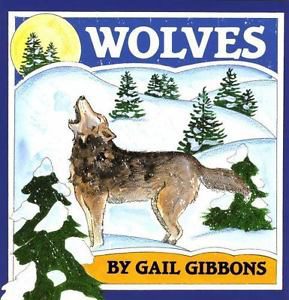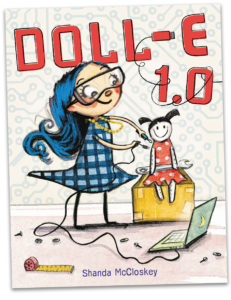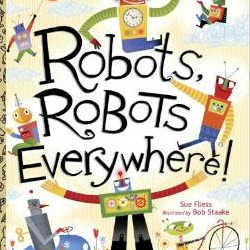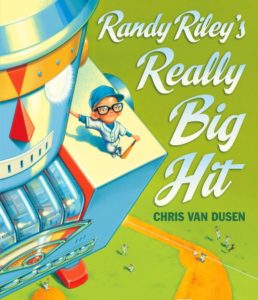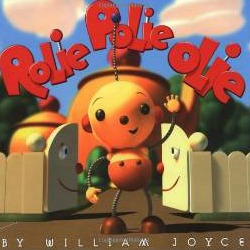Are You Scared, Darth Vader?
Author: Adam Rex
Illustrator: Adam Rex
Disney Lucasfilm Press
3 July 2018
48 pages
The latest picture book from New York Times bestselling author/illustrator Adam Rex reveals how everyone’s favorite Star Wars “villain”–Darth Vader–is challenged by a narrator who keeps trying to scare him.
Need some reviews of Are You Scared, Darth Vader?
Educational Activities inspired by Adam Rex’s Are You Scared, Darth Vader?:
- Before Reading–Ask students:
- “What do you already know about Darth Vader?”
- “Do you believe Darth Vader when he says on the cover that ‘I fear nothing’”?
- “What do you notice about the front cover of this book? About the back cover?”
- After Reading–How surprised were you with what scares Darth Vader? Why/why not?
- After Reading–If Adam Rex were to write an Are You Scared? book about YOU, what might be the one thing at the end that you’re scared of?
- Drawing–If Darth Vader wanted a new uniform and helmet that made him a little less scary-looking, what would that look like? Using colored pencils or crayons and paper, draw him a new uniform and helmet.
- Crafts–With a parent’s help, make your own Star Wars-themed craft.
- Further Reading–Darth Vader has appeared in other picture books before. Consider reading one or more of the following. In which one do you like Darth Vader the most? Do any of the Darth Vaders in these other books seem scared? Does Darth Vader seem like a good parent? A good friend?
(Click on the book cover for more information on any of these titles!)